Vietnam’s waterways hold secrets that most travelers never discover. Tucked away from the bustling cities lie peaceful villages where life moves at the gentle pace of rowing boats and morning mist.
These floating markets offer a glimpse into an authentic life that has remained largely unchanged for generations, where community, tradition, and commerce blend seamlessly on the water.
Cai Rang, Mekong Delta
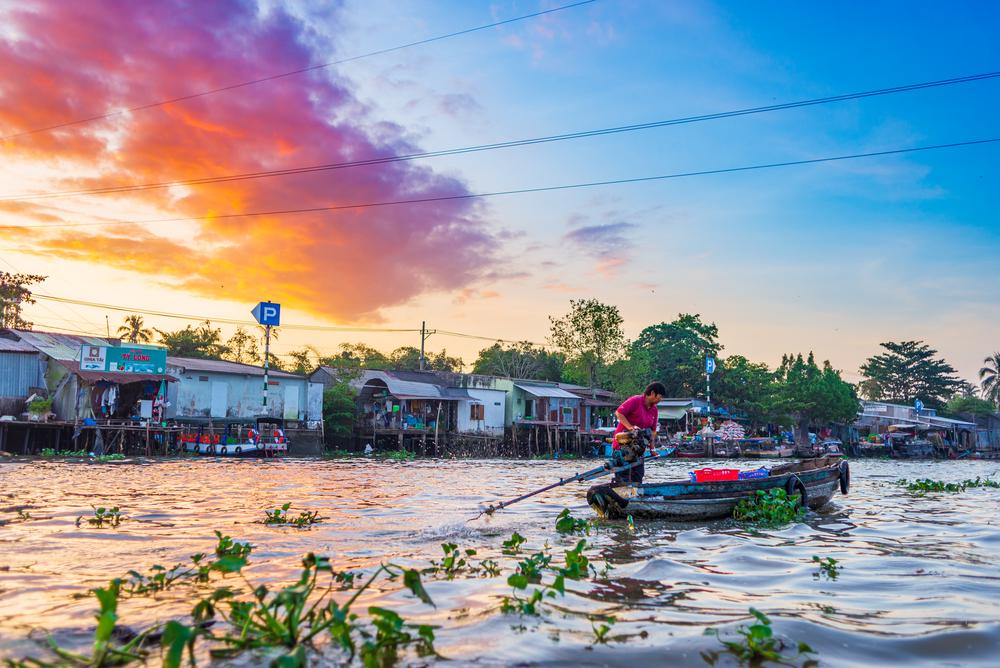
Cai Rang is the Mekong Delta’s largest floating market, just 3 miles from Can Tho city. Hundreds of wooden boats gather each morning before sunrise, creating a mesmerizing spectacle of traditional commerce.
Local vendors announce their goods by hanging samples from tall bamboo poles, a practice that dates back centuries. The market specializes in wholesale fruit and vegetables, boats piled high with pineapples, mangoes, and dragon fruit. Its size notwithstanding, Cai Rang maintains a peaceful atmosphere, especially if you visit in the early morning hours.
Phong Dien, Can Tho Province
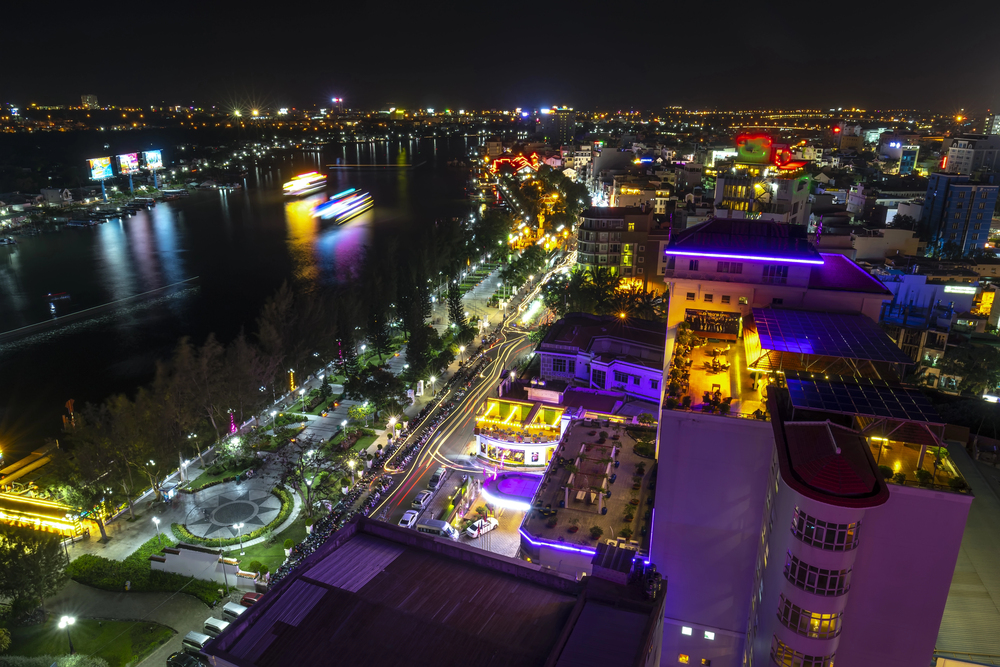
Located 12 miles southwest of Can Tho, Phong Dien offers one of Vietnam’s most authentic floating market experiences. Unlike its larger counterparts, this market sees fewer tourists, allowing you to observe daily life without the crowds.
Local families have been trading here for generations, living on their boats during market days. Small sampans weave between larger vessels, carrying everything from fresh coffee to a bowl of steaming pho.
The village boasts traditional stilt houses and orchards with long-standing fruit cultivation complementing this timeless feel.
Like Travel Pug’s content? Follow us on MSN.
Tra On, Vinh Long Province

The Agricultural Heart of Mekong Delta, 31 miles away from Vinh Long City, Tra On, is one of the region’s lesser-known markets, specializing in seasonal fruits and vegetables grown in the fertile lands surrounding it.
Neatly-dressed local farmers arrive before dawn in wooden boats, some of which are laden with fruits, including durians and rambutans, and some have pomelos. On display nearby are traditional brick-making and family-run orchards.
Demonstrating the warmth of the community spirit, neighbors catch up over morning meals prepared on board.
Nga Nam, Soc Trang Province
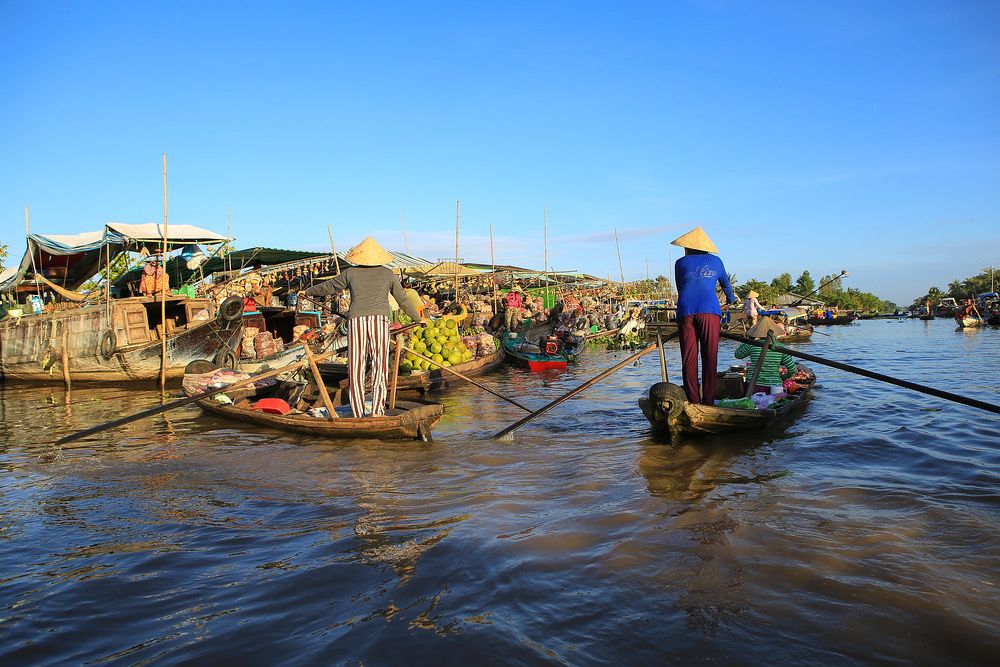
Found at the intersection of five waterways, Nga Nam lives up to its name, which means ‘five-way crossing.’ The market operates year-round, with peak activity during the harvest seasons of rice and tropical fruits.
Boats congregate at this natural crossroads each morning, creating a vibrant yet orderly scene. Local fishermen display their fresh catches alongside vendors selling traditional medicines and handicrafts.
The surrounding village features ancient pagodas and quiet canals lined with water coconut trees.
Long Xuyen, An Giang Province
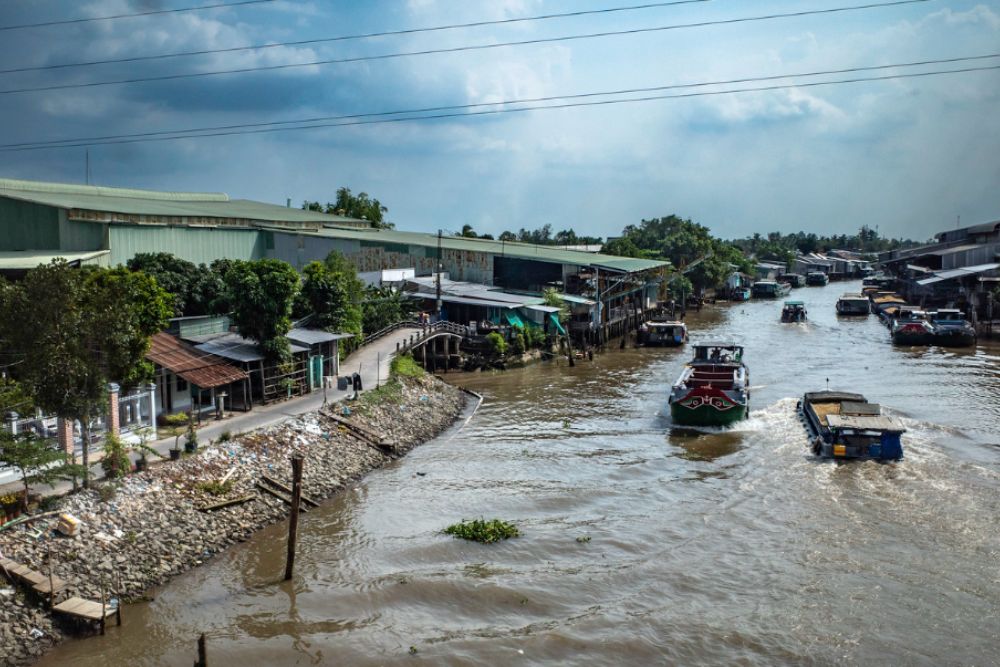
The Long Xuyen floating market is 74 miles west of Can Tho and showcases the region’s fishing heritage. Early morning visitors can watch fishermen sort their night’s catch while floating cafes serve breakfast to traders.
The market specializes in freshwater fish from the Mekong River and local aquaculture farms. Traditional wooden boatbuilding continues in the nearby village, where artisans use techniques passed down through generations.
The peaceful atmosphere extends to the shore, where incense wafts from centuries-old temples.
Like Travel Pug’s content? Follow us on MSN.
Sa Dec, Dong Thap Province
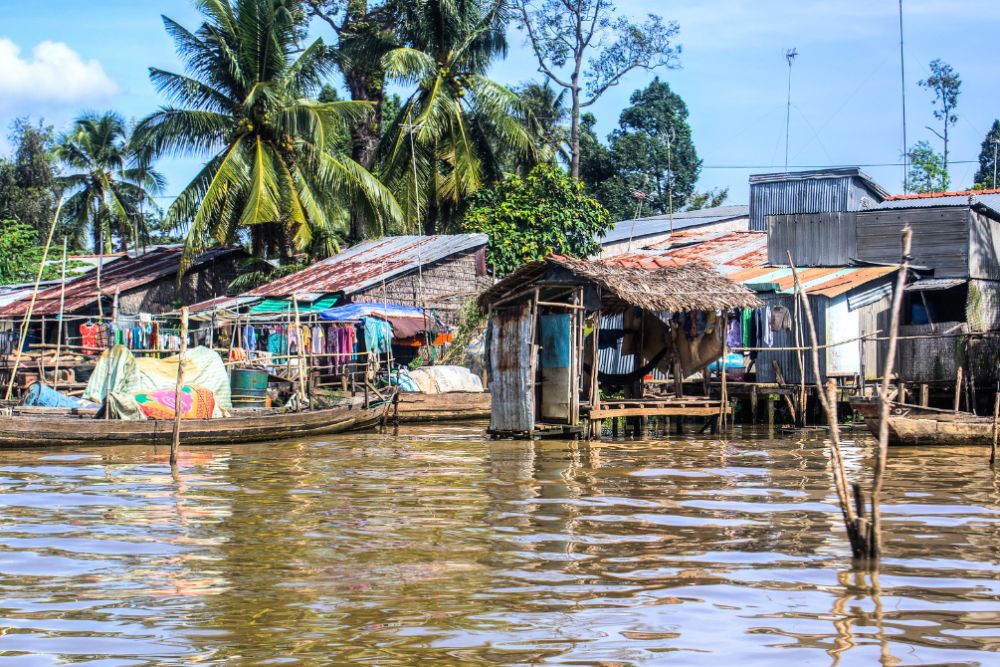
Known for its flower gardens, Sa Dec’s floating market blends commerce with color. Located 87 miles southwest of Ho Chi Minh City, the market offers a perfect escape from urban life.
Local gardeners arrive with boats full of roses, orchids, and exotic blooms from the nearby flower villages. The town inspired Marguerite Duras’s novel The Lover, and remnants of French colonial architecture line the riverbanks.
Early morning mist creates an ethereal atmosphere as flower vendors prepare their displays.
Cai Be, Tien Giang Province
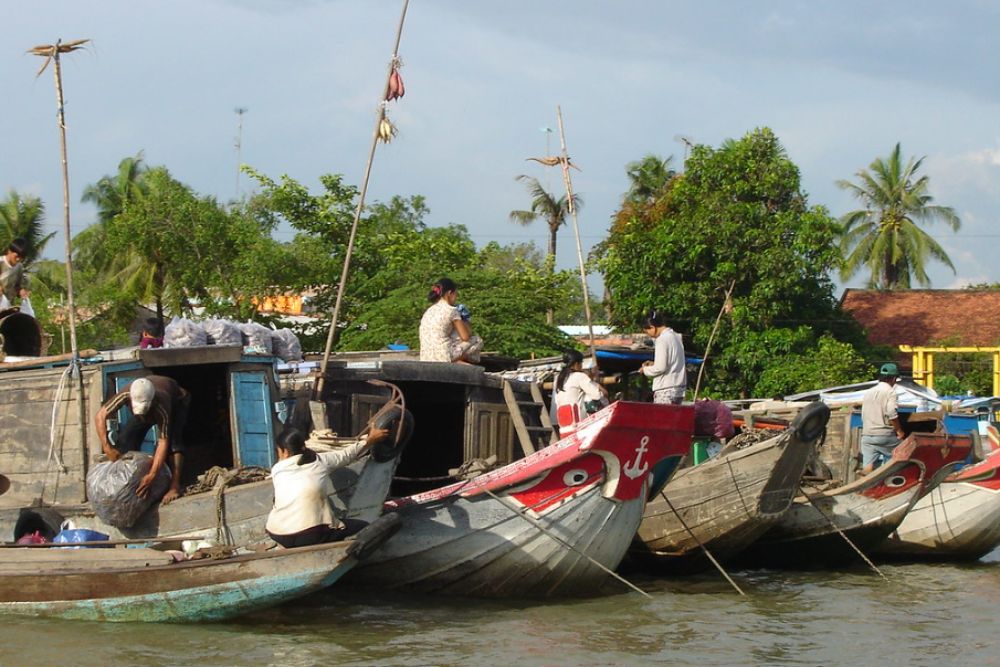
Situated 52 miles southwest of Ho Chi Minh City, Cai Be features a floating market framed by fruit orchards and old French churches. The market specializes in tropical fruits and traditional sweets made in nearby village workshops.
Local artisans demonstrate coconut candy making and rice paper production along the shore. Ancient houses built from precious jackfruit wood tell stories of the region’s prosperous past.
The surrounding canals offer peaceful exploration opportunities away from the market’s center.
Phung Hiep, Hau Giang Province
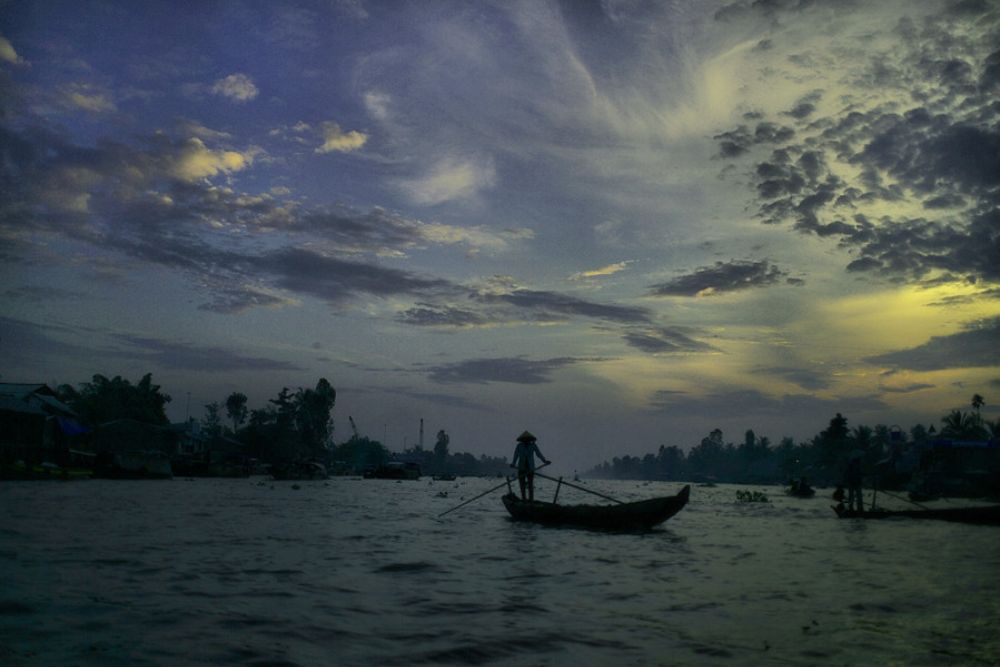
Located at the crossroads of seven major canals, Phung Hiep gives one a glimpse of the trading history of the Mekong Delta. The market serves as a significant point of connectivity between different provinces, exchanging goods and culture.
Local vendors deal in medicinal herbs gathered from surrounding forests and gardens. Traditional healers share the knowledge passed on through generations while selling their remedies.
The village maintains strong connections to Khmer culture, which is visible in its architecture and customs.
Like Travel Pug’s content? Follow us on MSN.
My Tho, Tien Giang Province
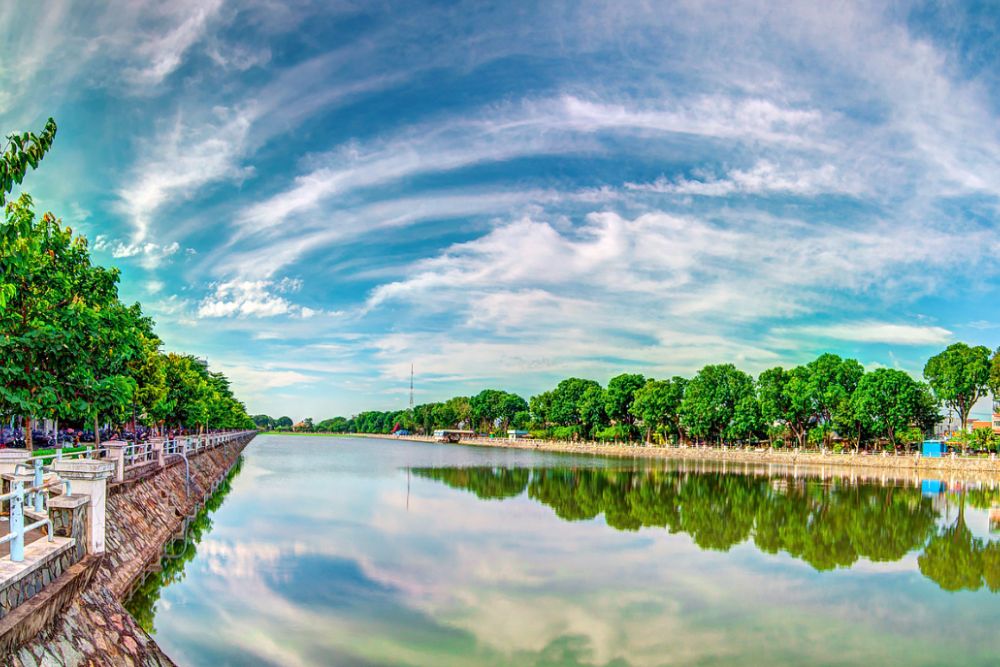
Situated 43 miles from Ho Chi Minh City, My Tho’s floating market reveals life along the mighty Mekong River. This historic trading post dates back to the 17th century when Chinese settlers first established commerce on the water.
Local specialties include various types of noodles and rice paper made in riverside workshops. The surrounding four islands offer insights into traditional cottage industries and fruit farming.
Ancient temples and pagodas dot the shoreline, providing peaceful retreats from market activity.
Vinh Long, Vinh Long Province
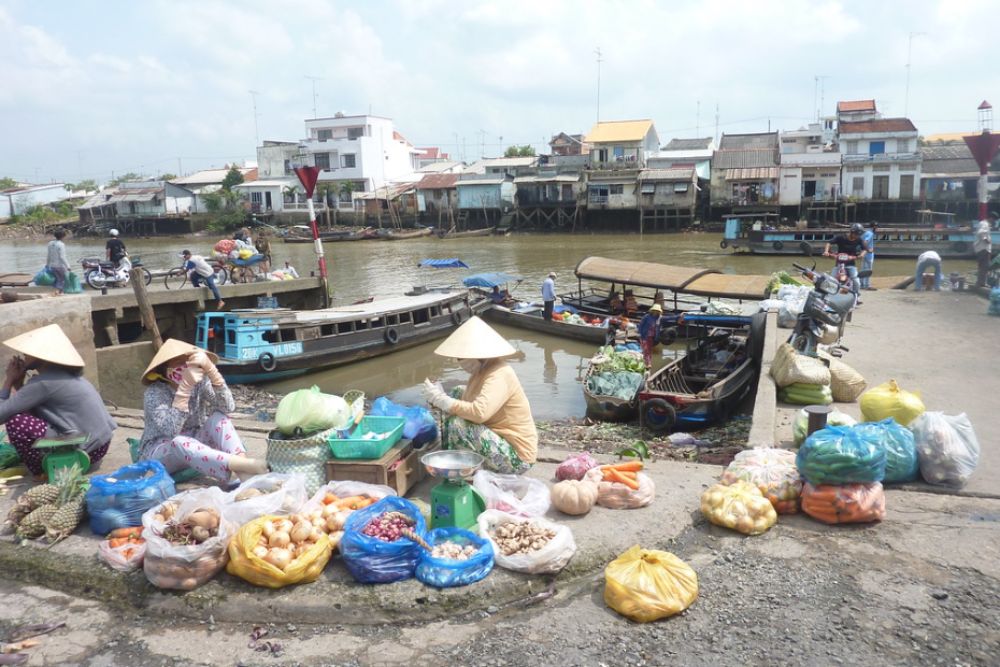
Located 84 miles southwest of Ho Chi Minh City, Vinh Long’s floating market showcases the region’s agricultural abundance. Each morning, local farmers bring their best produce from nearby orchards and gardens to trade at the market, specializing in tropical fruits and vegetables grown in the fertile Mekong Delta soil.
Traditional houseboats serve as both homes and shops for many vendor families. The surrounding village features ancient temples and colonial-era houses that tell stories of the village’s trading history.
Chau Doc, An Giang Province

Chau Doc’s floating market is located near the Cambodian border and reflects the area’s cultural diversity. The market brings Kinh, Khmer, Cham, and Chinese communities together in a peaceful trading environment.
Local specialties include fish sauce produced in centuries-old family factories along the shore. The nearby Sam Mountain provides a spiritual backdrop with numerous temples and pagodas.
The village’s unique architecture combines various cultural influences into a harmonious whole.
Like Travel Pug’s content? Follow us on MSN.
Ben Tre, Ben Tre Province
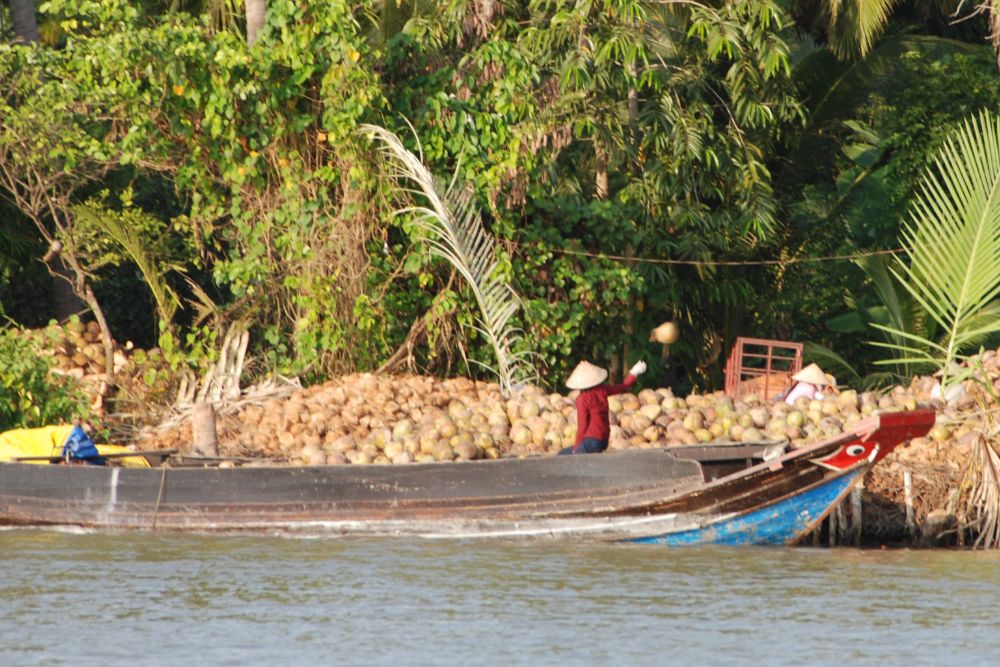
Ben Tre is known as the ‘Land of Coconuts,’ and its floating market celebrates this versatile fruit. The market is 51 miles from Ho Chi Minh City and is a peaceful retreat from urban life.
Local artisans show how their ancestors processed coconuts, and the waterways are full of dense coconut groves and quiet villages famous for handicrafts. Ancient temples and colonial buildings line the riverbanks, telling stories of the region’s rich history.
Tien Giang, Tien Giang Province
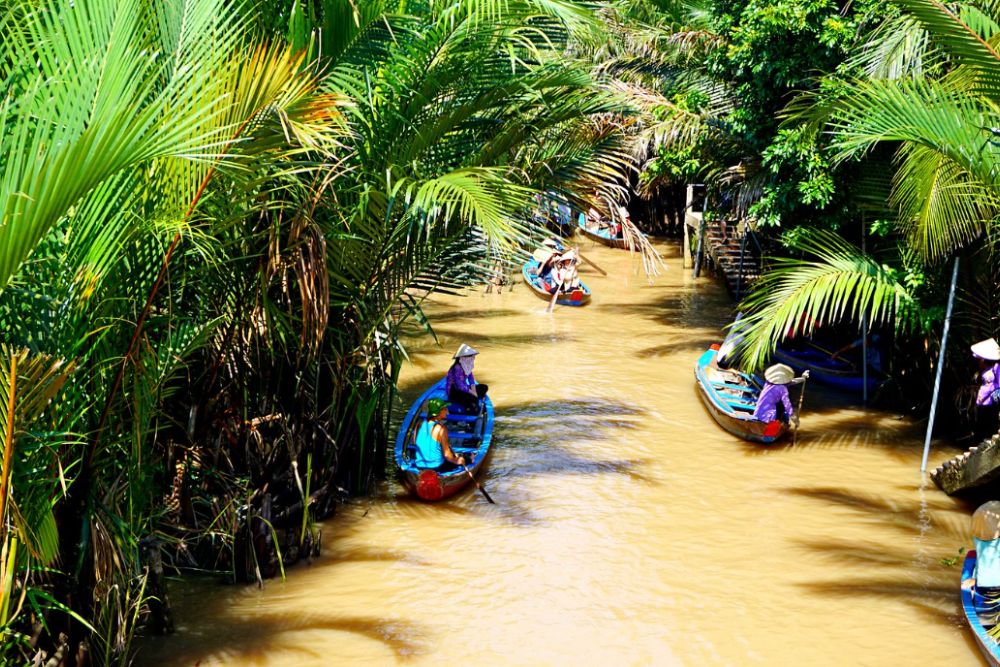
Positioned along the north bank of the Mekong River, Tien Giang’s floating market showcases local ingenuity. The market specializes in fruits and vegetables grown in the province’s fertile soil.
Before dawn, local farmers arrive in boats laden with seasonal produce and homemade goods. Traditional fishing methods continue alongside modern aquaculture in the surrounding waters.
The village strongly connects to its agricultural heritage through various festivals and customs.
Hong Ngu, Dong Thap Province
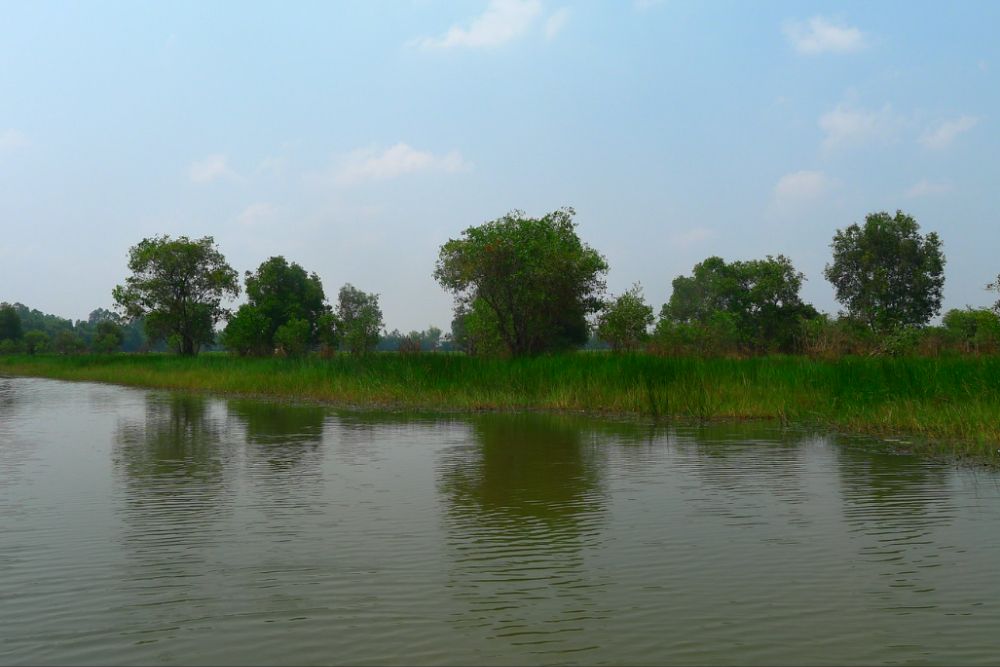
Hong Ngu’s floating market reflects its unique location near the Cambodian border. The market trades between Vietnam and Cambodia, creating a diverse cultural atmosphere. Local specialties include traditional textiles woven in nearby villages using ancient techniques.
The surrounding area features rare birds and floating season water lilies. The village preserves its cultural heritage through various festivals and traditional craft workshops.
Like Travel Pug’s content? Follow us on MSN.
Tan Chau, An Giang Province
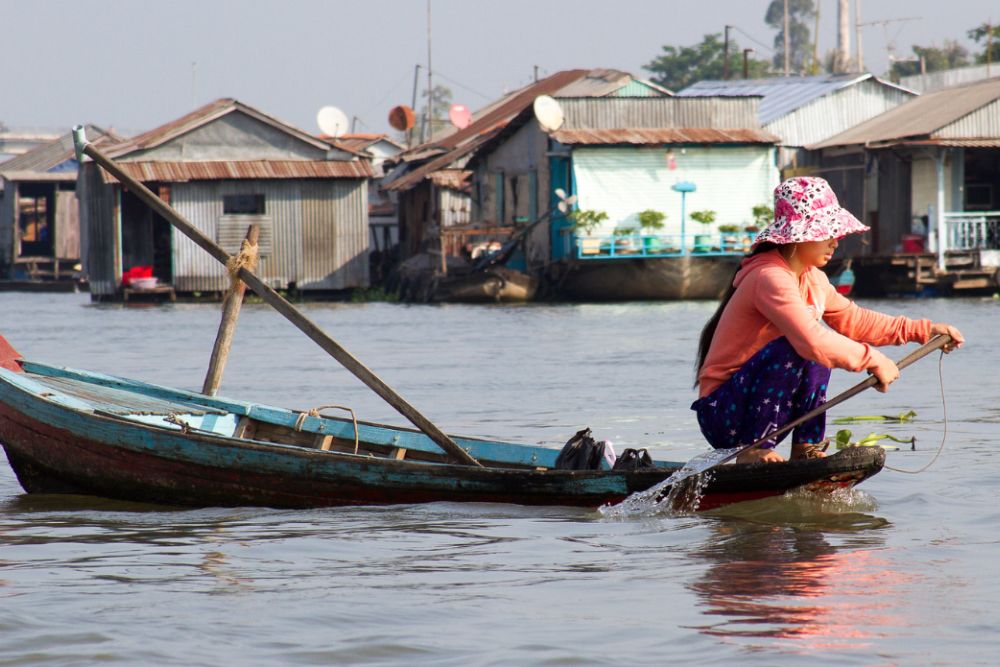
Located along the Mekong River, Tan Chau’s floating market highlights traditional silk production. The market combines commerce with craftsmanship, as local artisans display their silk products alongside fresh produce.
Nearby workshops continue centuries-old silk weaving techniques using natural dyes. The surrounding village features quiet temples and colonial architecture from the French period.
Traditional wooden houses built on stilts line the peaceful waterways.
Embracing Vietnam’s Floating Market Heritage
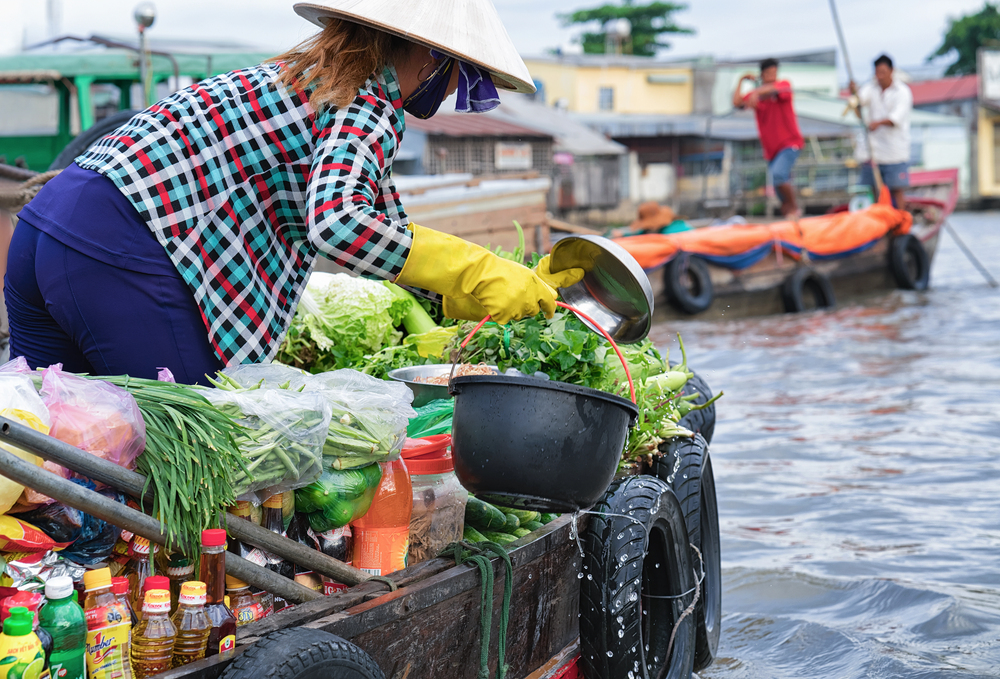
Beyond markets, these secret villages offer windows into Vietnam’s soul. Each community preserves unique traditions while adapting to modern times, creating spaces where the past and present coexist harmoniously.
These peaceful havens will help you discover the real heart of the waterway culture of Vietnam. Every morning brings new stories written on the soft waves of the Mekong Delta.
More from Travel Pug

- 15 Dangerous European Cities to Avoid
- 15 Caribbean Islands Where Tourists Keep Getting Scammed
- The 20 Most Fascinating Abandoned Places: A Journey Through Time and Forgotten Spaces
- 15 Hidden Places in the Smithsonian Museums Locals Love: A Guide to Lesser-Known Treasures
- 16 Hidden Florida Beach Towns That Aren’t Overrun with Tourists
Like Travel Pug’s content? Follow us on MSN.
